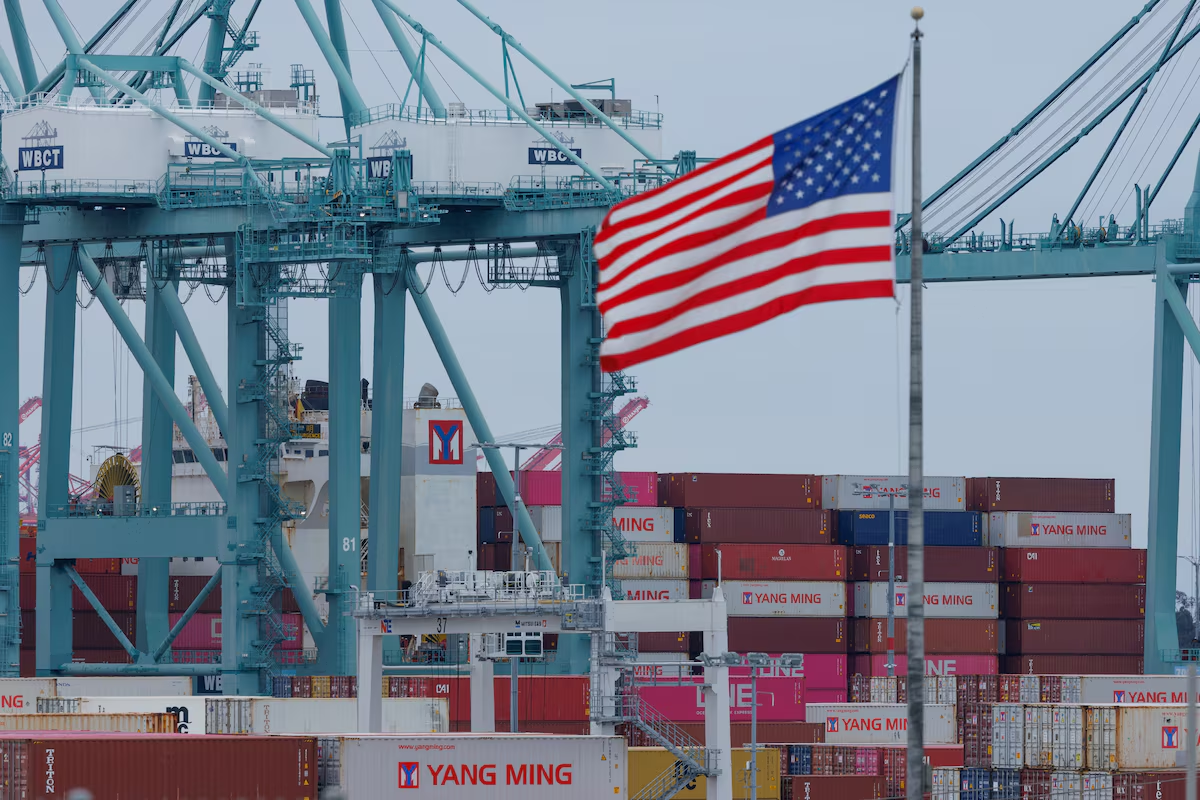Asean to prioritise common grid codes, transparent tariffs and dispute resolution mechanism for regional power grid
By Samantha Ho
Copyright eco-business

With just two weeks to go to the annual meeting of Asean energy ministers this year, host country Malaysia said that it would take a practical approach to addressing the challenges facing regional power grid integration.
A top priority for member states would be to develop common technical standards and grid codes to ensure seamless interoperability, said Fadillah Yusof, deputy prime minister of Malaysia.
“Number two is to establish transparent rules for tariffs and wheeling charges, and also a dispute resolution mechanism,” said Fadillah, who is also Malaysia’s Minister of Energy Transition and Water Transformation. “That will (offer) clarity in terms of wheeling charges and how we resolve disputes.”
Wheeling charges are fees paid by third-party energy producers and consumers to the electricity grid operators, for use of existing transmission infrastructure to trade electricity privately.
Asean member states are due to sign an enhanced memorandum of understanding (MoU) on the Asean Power Grid (APG) when they meet from 14-17 October in Kuala Lumpur, said Fadillah.
A recent survey found that two-thirds of respondents believe Asean urgently needs stronger cross-border coordination frameworks to protect against supply chain disruptions, with 67 per cent citing regulatory uncertainty as an obstacle to scaling clean energy in the region.
The upcoming MoU will focus on how to harmonise the different rules and regulations for electricity trade among members, said Fadillah.
“We have a good example already, which is the Laos-Thailand-Malaysia-Singapore Power Integration Project,” he said at the Asean-European Union Business Summit in Kuala Lumpur today.
“If we can expand that to all other member states and everyone agrees on it, we already have a business model. It is just about expanding it to see what the differences are in terms of standards, practices and rules of other member states.”
The commitment to aligning standards across Asean countries was welcomed by industry players. Azli Mohamed, managing director for Malaysia at Siemens Energy, pointed out that there are more than 20 grid codes used across the region today, making it “almost impossible” for implementing cross-border projects.
Financiers also voiced their support for more streamlined standards.
“We would like to see Asean have a unified regulatory framework (and) harmonising grid codes and technical standards for energy trading, including standardised power purchase agreements and interconnection protocols,” Sunita Lukkhoo, regional head for Southeast Asia and Pacific at the European Investment Bank, at the same event.
A transparent tariff framework would also help build investor confidence, but it is crucial that Asean members states have a clear climate and energy transition roadmap backed by international decarbonisation targets, she added.
Currently, eight out of 10 Asean countries have set a net zero target, with deadlines ranging from 2050 to 2065. Only the Philippines and Myanmar have yet to commit to a decarbonisation timeline.
“If a country has set a net zero target, that is a baseline commitment (which provides certainty),” said HSBC Amanah Malaysia chief executive officer Raja Amir. “Clean energy projects will eventually crowd in (to that country) as part of that mechanism.”
Building investor confidence
To sustain momentum on the APG beyond this year, Fadillah said that Asean will need to prioritise regular ministry-level monitoring, as well as dedicated financing mechanisms such as blended finance and public-private partnerships which could de-risk and attract investment.
Asean countries will also need strategic support from multilateral development banks to support cross-border infrastructure development, as well as multinational energy bodies such as the International Energy Agency (IEA) and International Renewable Energy Agency (IRENA), he said.
“Governments alone cannot deliver the APG. We need industry and financiers….to invest in infrastructure, including transmission networks and sustainable energy projects,” he said.
Where governments can help, however, is in creating a stable regulatory environment with clear and consistent rules, as well as offer de-risking instruments such as guarantees and sovereign-backed financial facilities.
“Procurement processes need to be in place to encourage fair competition and innovation within the energy sector,” said Fadillah.
Such predictable, durable rules and regulations can offer investors more certainty in predicting returns, said HSBC’s Amir. Streamlining permitting and licenses by setting up a one-stop administrative centre would also help, in addition to loan guarantees that lend credibility to fundraisers.



